Toyota’s Kalle Rovanpera emerged from the last WRC round – the Arctic Rally, four long weeks ago – as the youngest championship leader the sport has ever seen, aged 20. Surprising perhaps, but if he was going to pull that off anywhere it would be on the roads of his native Finland.
He faces a much harder challenge to hang onto his four-point advantage in Croatia, as for the first time since Monza in December last year, the championship moves to asphalt. But even Monza became a snow and ice rally, so you actually have to go back to August 2019 to find the last full asphalt event, in Germany. And asphalt is where the Finns struggle.
Or at least that’s the popular assumption. In reality, the days of the specialist are numbered and all the top factory drivers are now complete all-rounders. The first Finn to win on pure asphalt was Markku Alen, who tamed the 1984 Tour de Corse in the Lancia Delta 037.
Conversely, Carlos Sainz became the first ‘Latin’ driver to triumph on Rally Finland, in 1990. The Safari Rally (also won by Sainz in 1992) was another case in point, where factory teams often ran local specialists such as Ian Duncan.
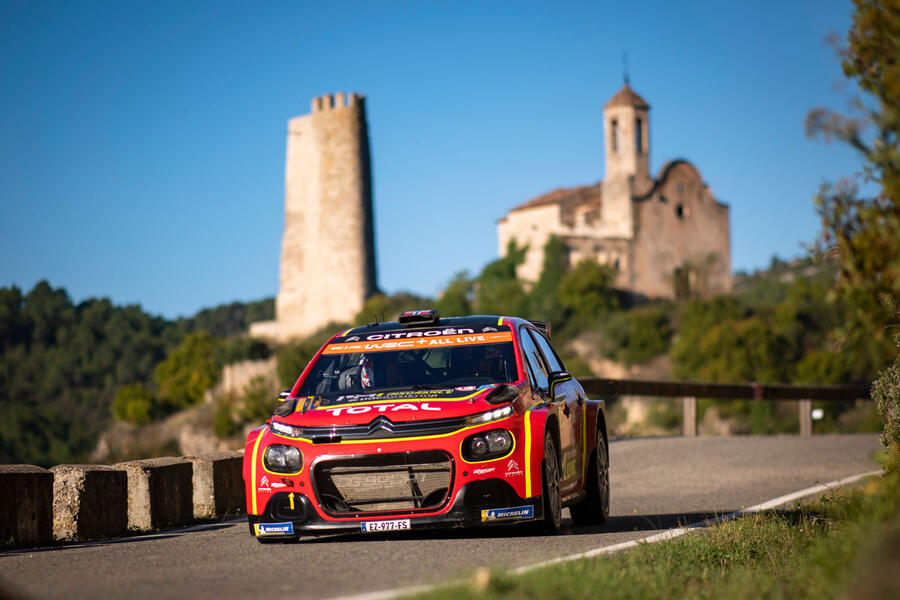
“When I started, there was definitely the idea that if you were Spanish, then you were fast only on asphalt,” reflected Sainz recently. “So I realised that I had to prove them wrong and be fast everywhere. I hope that I helped to change that idea, and change the sport.”
Asphalt, though, was still perceived as a European speciality until comparatively recently: Peugeot used to bring in Gilles Panizzi to devastating effect on sealed surfaces with the 206 WRC in the early 2000s.
It’s easy to see why, as driving a rally car on asphalt compared to gravel is as different as playing football compared to rugby. You use a ball for both and have to try and score – but that’s where the similarity ends. Imagine a league where just over half the matches are rugby and the rest is football, then you’ve got the World Rally Championship.

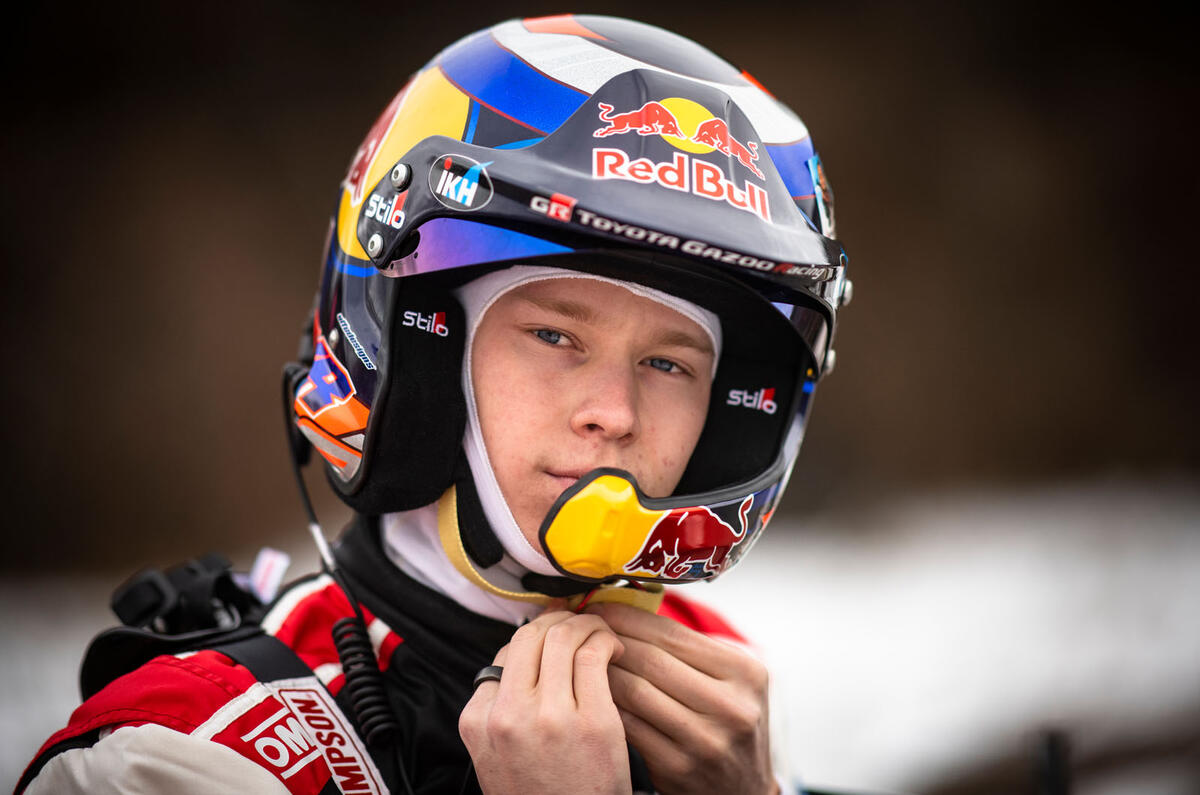
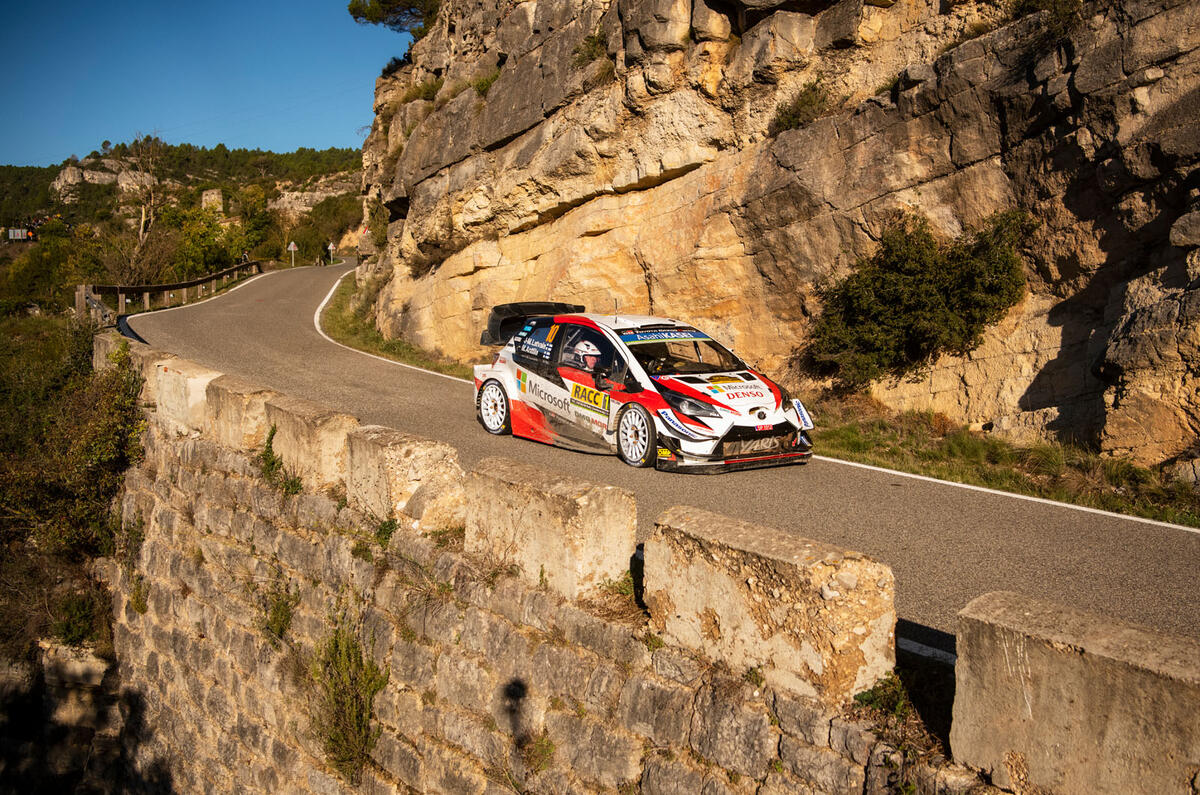

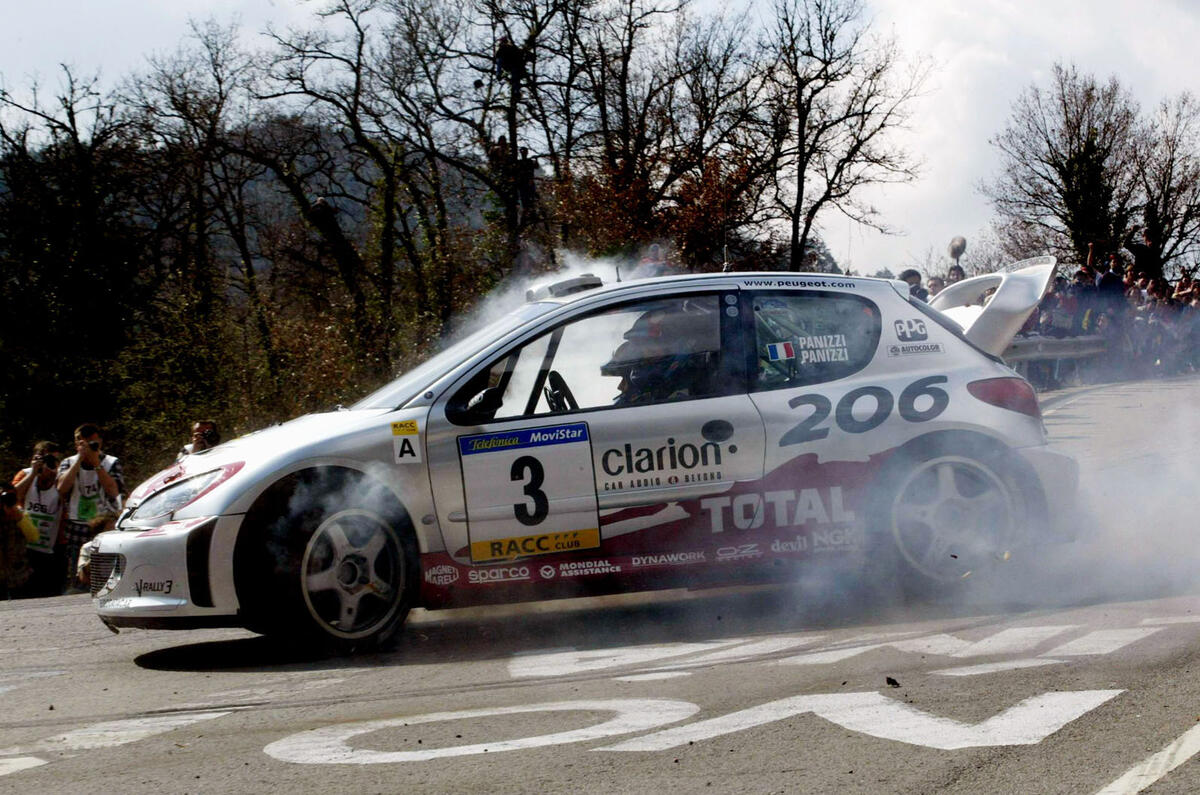
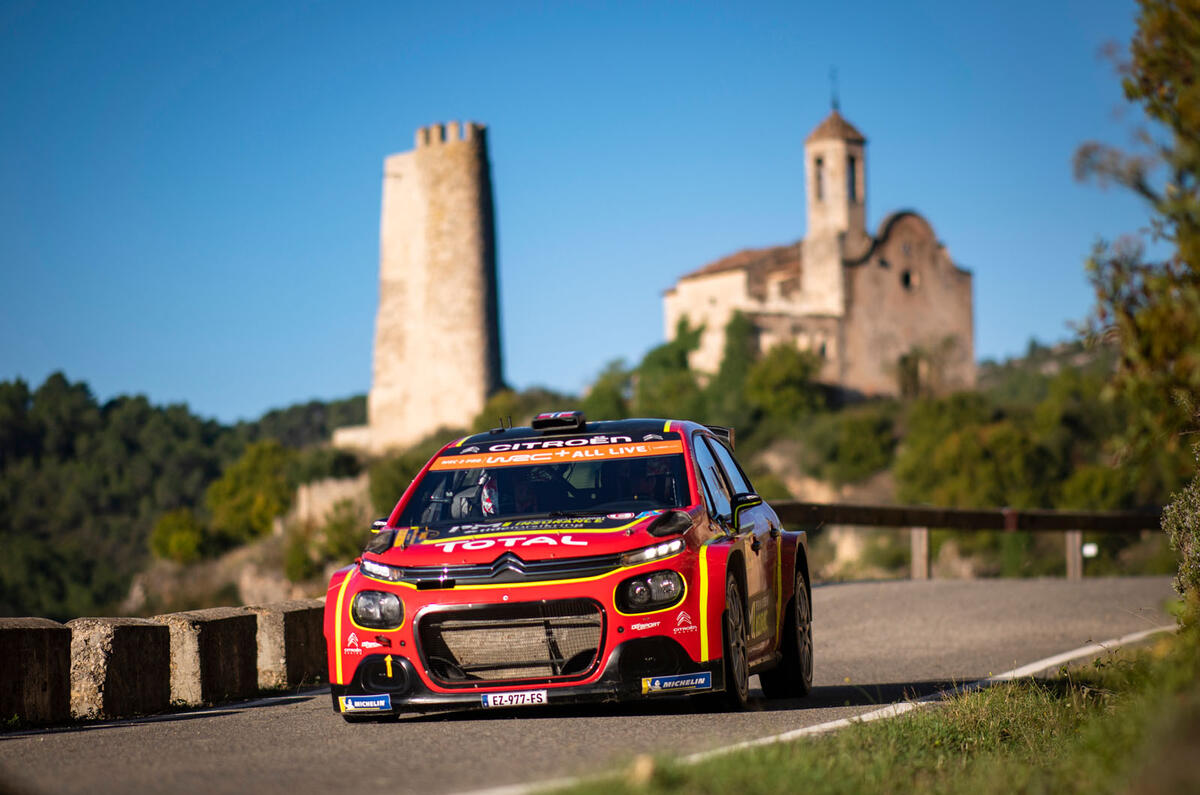
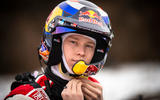
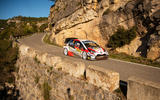

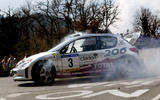


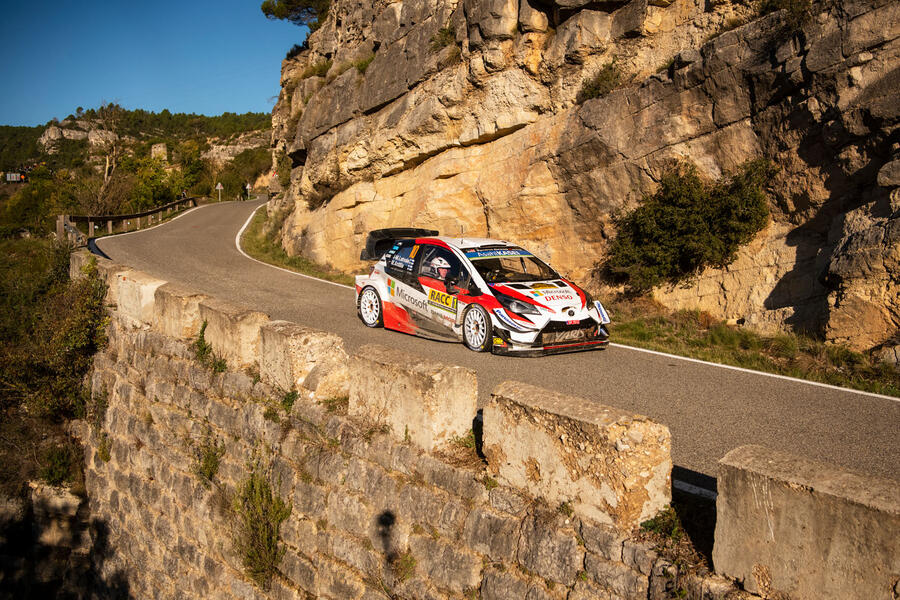

Add your comment